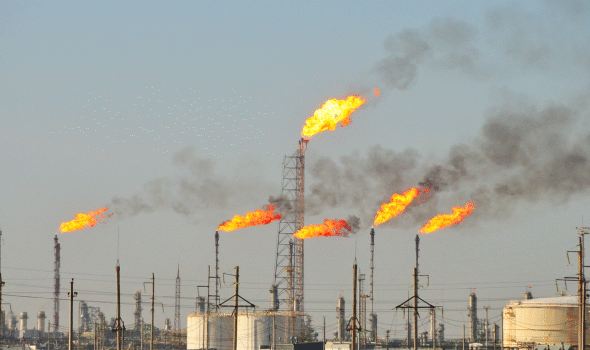INTRODUCTION:
The movement and deposition of sediments in marine environments shape the ocean floor and influence ecosystems, resource distribution, and geological processes. Understanding how sediments accumulate in shallow coastal waters and the deep ocean is essential for geologists, environmental scientists, and energy industry professionals. This field of study provides insights into past climate changes, underwater landscapes, and the formation of valuable resources like oil, gas, and minerals.
Shallow marine environments, such as continental shelves and coastal lagoons, are dynamic systems where tides, waves, and currents constantly redistribute sediments. These areas serve as nurseries for marine life and act as buffers against coastal erosion. In contrast, deep marine environments, including abyssal plains and deep-sea trenches, experience slower sedimentation rates influenced by turbidity currents, biological activity, and chemical processes. Over millions of years, marine sedimentation has contributed to the formation of important geological structures, from coral reefs to submarine canyons. The study of these processes helps scientists reconstruct Earth’s history and predict future environmental changes. Additionally, industries such as offshore energy exploration and coastal engineering rely on sedimentation principles to assess seabed stability and resource potential.
This course explores the principles governing shallow and deep marine sedimentation, examining the physical, chemical, and biological factors that drive these processes. Learners will gain a comprehensive understanding of sediment sources, transport mechanisms, depositional environments, and the role of marine sediments in global systems.
COURSE OBJECTIVES:
• Principles of sediment transport and deposition
• Differences between shallow and deep marine sedimentation
• Identification of key sedimentary structures and facies
• Influence of physical, chemical, and biological processes
• Impact of sedimentation on coastal stability and ecosystems
• Interpretation of sedimentary records for past environmental conditions
• Applications in environmental assessments and resource management
COURSE OUTLINE:
Module 1: Introduction to Marine Sedimentation
• Overview of sedimentary processes in marine environments
• Importance of studying marine sedimentation in geology and oceanography
• Classification and types of marine sediments
• Factors influencing sedimentation in marine settings
Module 2: Sediment Sources and Transport Mechanisms
• Origins of marine sediments: terrigenous, biogenic, chemical, and volcanogenic
• Mechanisms of sediment transport: waves, tides, and ocean currents
• Gravity-driven processes: turbidity currents, submarine landslides, and debris flows
• Human influences on marine sediment transport and deposition
Module 3: Shallow Marine Sedimentation Processes
• Coastal and continental shelf sedimentation patterns
• Effects of tides, waves, and storms on sediment deposition and erosion
• Estuarine and deltaic sedimentation dynamics
• Biogenic and reef-related sedimentation in shallow marine settings
Module 4: Deep Marine Sedimentation Processes
• Characteristics of deep-sea environments and sedimentation rates
• Role of turbidity currents, contour currents, and pelagic settling
• Biogenic sediments: calcareous and siliceous oozes in deep waters
• Influence of oceanographic and climatic changes on deep-sea sedimentation
Module 5: Sedimentary Structures and Facies in Marine Environments
• Identification and classification of sedimentary structures (e.g., cross-bedding, ripples, laminations)
• Facies models for shallow marine and deep-sea sedimentary deposits
• Methods for sediment core sampling, logging, and interpretation
• Geophysical techniques for studying marine sediment layers
Module 6: Marine Sediments and Climate Change Indicators
• Sedimentary records as indicators of past climate and oceanographic changes
• Carbonate compensation depth (CCD) and its role in deep-sea sedimentation
• Use of isotopes and microfossils in reconstructing paleoenvironmental conditions
• Human-induced changes in sedimentation and their environmental implications
Module 7: Applications in Coastal Management and Offshore Exploration
• Impact of sedimentation on coastal erosion, stability, and habitat formation
• Role of marine sediments in hydrocarbon exploration and mineral resources
• Engineering considerations for offshore infrastructure and dredging operations
• Environmental and legal aspects of marine sediment extraction and disposal
Module 8: Case Studies and Future Trends in Marine Sedimentation
• Real-world examples of marine sedimentation studies and their applications
• Advances in marine sedimentology research and technology
• The role of artificial intelligence and remote sensing in sediment analysis
• Future challenges and opportunities in the study of marine sedimentation
TARGET AUDIENCE:
• Geologists
• Oceanographers
• Marine Scientists
• Environmental Consultants
• Petroleum and Energy Sector Professionals
• Coastal and Offshore Engineers
• Climate Change Researchers
VENUE: Open
DURATION: 2 weeks
DATE: Open









